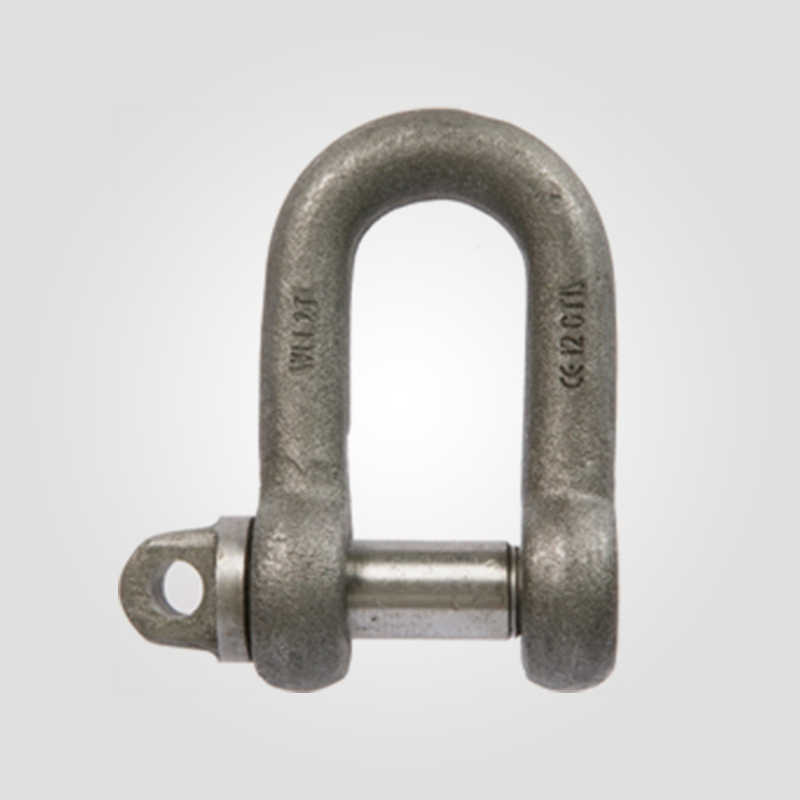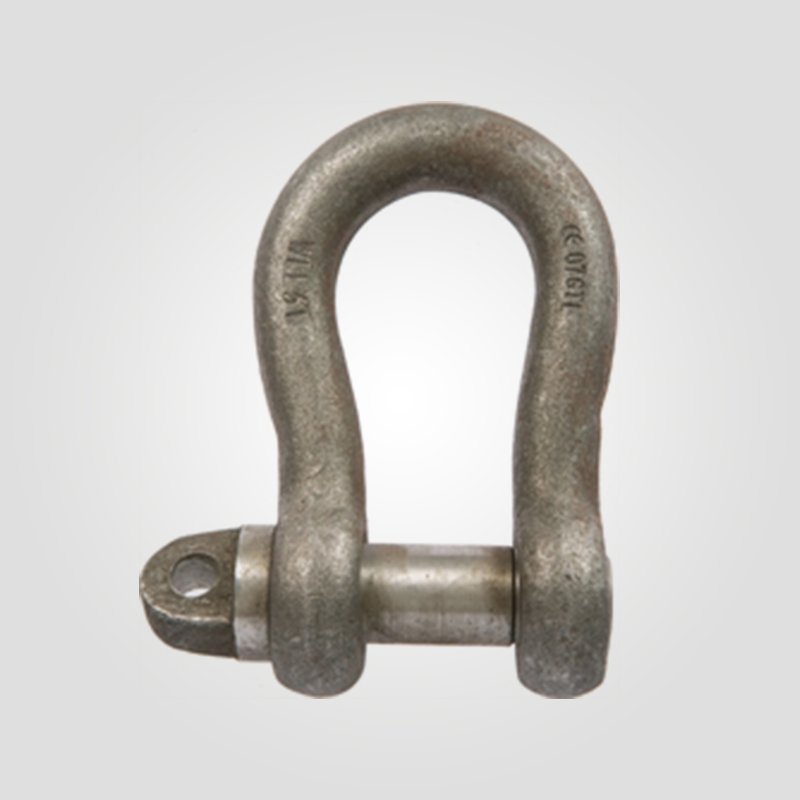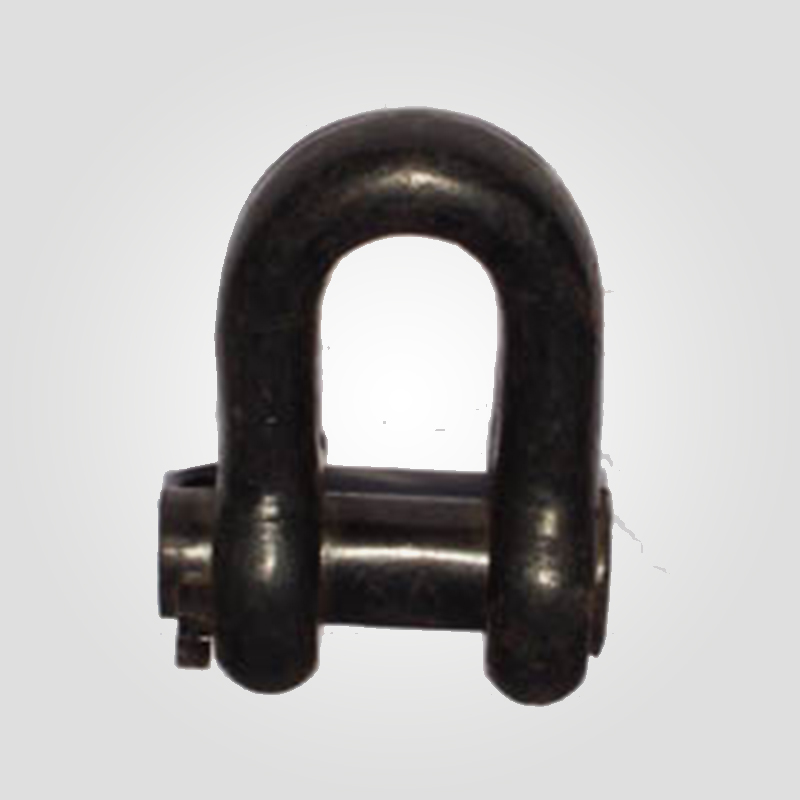Mooring Shackles Explained
Shackles used for permanent moorings must be durable, strong and capable of being sold with a test certificate, in other words, ‘fit for purpose’.
Generally, chandlers do not supply shackles suitable for mooring, you will no doubt be offered a bright zinc plated Commercial Shackle, the ill-fitting pin will be the same size as the body, you will not be offered a ‘Test Certificate’.
How do I tell if a shackle is suitable for mooring or anchoring?
If the pin has a larger diameter than the body and the body is stamped with the Working Load Limit (WLL) and a Test Certificate is available. These shackles are usually described as to BS3032 (British Standard). They are not expensive!
There are a wide range of components that could be used in a mooring system and it is important to make sure that those used are of at least equivalent strength to the chain. Using components which will fit a chain, with no concern for relative strengths, is all too common. For example, given similar materials, a conventional shackle which will fit directly into short link chain can at best, be only about half the strength of the chain. Compatibility of materials is vital too – rapid corrosion caused by using dissimilar materials and thereby causing electrolysis prob- lems are not uncommon.
BS 3032 Dee Shackles
As the name suggests these are similar in shape to an elongated ‘D’, the shape makes them ideal for joining two lengths of chain togeth- er. The pin is made from material that is one size larger then the body e.g. if the body measures 16mm the pin will be 19mm, the thread on the pin is properly formed using a die (unlike Commercial Shackles where the thread is pressed into heated metal). They are manufactured from higher tensile materials which make the steel content compatible for use with Grade 40 and U2 chain. These shackles are always tested and certified. The Break Load is WLL x 4.


BS 3032 Bow Shackles
Once again they are named to identify the shape, which is formed to allow the shackle to be used in circumstances where there are more than two directional forces. The specifications relative to size/break load limits are similar to Dee shackles. Bow Shackles are often the preferred choice when cre- ating a ’chain/rope’ assembly because the Bow shape accommodates the profile of a Rope Thimble.
Forelock Shackles
Forelock Shackles are used primarily in mooring assemblies where frequent maintenance or inspection is either impossible or impractical. A good example of this is Trinity House, having regard to the number of navigation marks deployed and maintained by them it would not be realistic or cost-effective for them to be checked on an annual basis, consequently they use oversized chain and extra heavy-duty Forelock Shackles which have an oval pin to reduce movement and wear.



